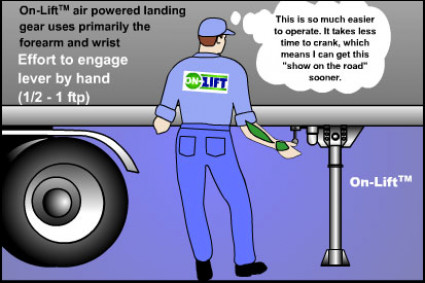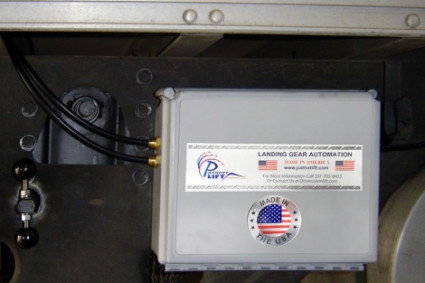
Moving offices is a significant undertaking for any business, requiring careful planning, coordination, and execution to ensure a smooth transition. Whether you're relocating to a larger space to accommodate growth or seeking a more strategic location, the process can be complex and overwhelming without proper preparation. However, with the right approach and attention to detail, office relocations can be managed effectively, minimizing disruptions and maximizing productivity.
Planning and Preparation:
The key to a successful office relocation begins with thorough planning and preparation. Start by creating a detailed timeline that outlines all necessary tasks and deadlines, from notifying employees and clients to coordinating with movers and vendors. Consider appointing a dedicated relocation team or project manager to oversee the process and ensure that all aspects of the move are properly managed.
Assessing Needs and Requirements:
Before the move, conduct a comprehensive assessment of your office space, equipment, and furniture to determine what needs to be moved, replaced, or disposed of. Consider factors such as layout, storage requirements, and IT infrastructure to ensure that your new office meets the needs of your business. Identify any potential challenges or obstacles and develop contingency plans to address them proactively.
Engaging Professional Services:
While it may be tempting to handle the move internally, engaging professional office relocation services can streamline the process and alleviate much of the stress associated with the transition. Look for reputable moving companies with experience in office relocations and request quotes from multiple providers to compare services and pricing. Be sure to inquire about insurance coverage and additional services such as packing, unpacking, and equipment setup.
Communicating with Stakeholders:
Effective communication is crucial throughout the relocation process to keep employees, clients, and stakeholders informed and engaged. Establish clear channels of communication and provide regular updates on the progress of the move, including any changes or developments. Encourage feedback and address any concerns or questions promptly to maintain trust and transparency.
Managing Logistics and Operations:
As the moving date approaches, focus on managing logistics and operations to ensure a seamless transition. Coordinate with movers to schedule packing, loading, and transportation of office furniture, equipment, and supplies. Label boxes and items clearly to facilitate unpacking and setup at the new location. Consider conducting a trial run or mock move to identify and address any potential issues before the actual move day.
Post-Move Follow-Up:
Once the move is complete, conduct a thorough inspection of the new office space to ensure that everything has been delivered and set up according to plan. Address any discrepancies or issues promptly to minimize disruptions and maintain productivity. Schedule a post-move meeting with employees to discuss any concerns or feedback and celebrate the successful completion of the relocation project.
Conclusion
In conclusion, office relocations can be complex and challenging, but with careful planning, preparation, and execution, businesses can navigate the process successfully. By following these essential tips and strategies, you can minimize downtime, reduce disruptions, and ensure a smooth transition to your new office space.
Stay In Touch!
Phone: 02030047977
Mail: hello@valuedmoves.co.uk







